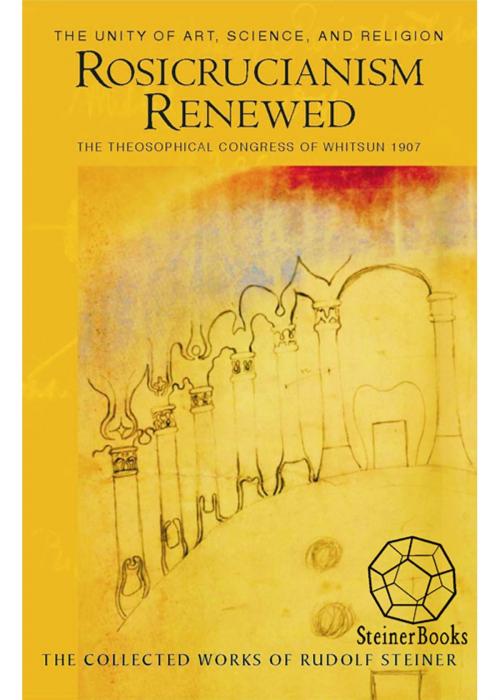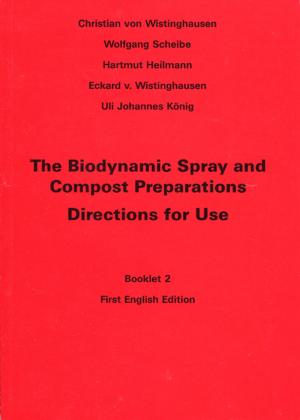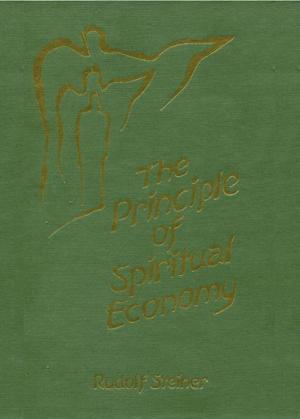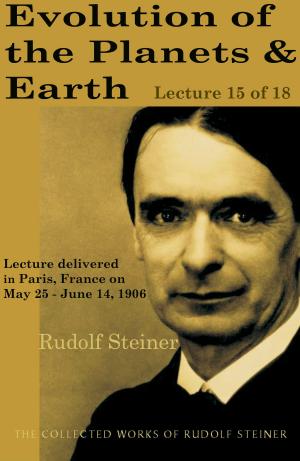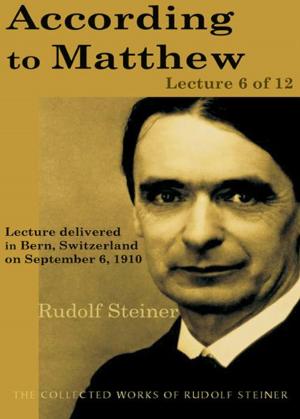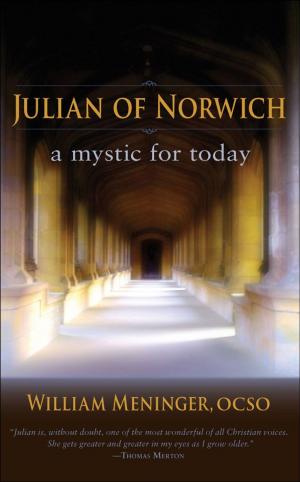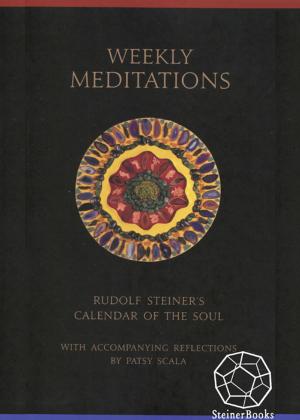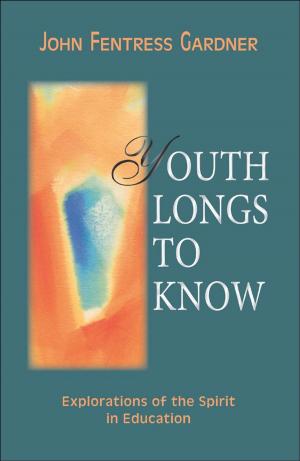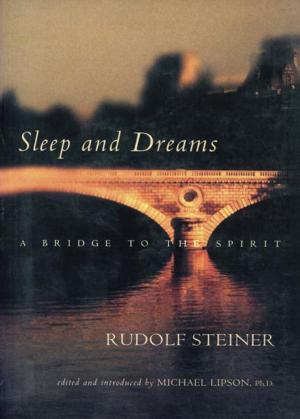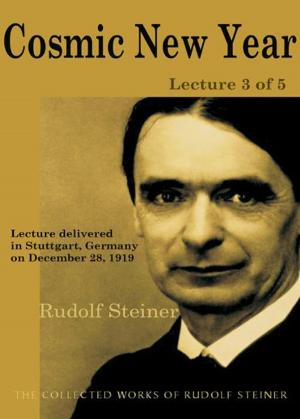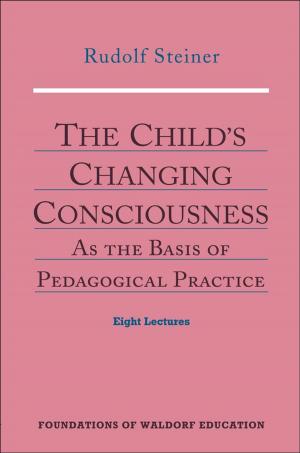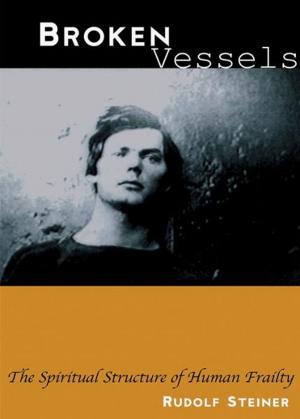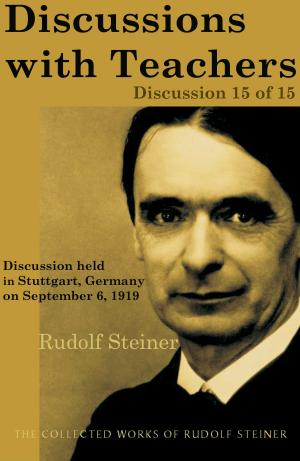Rosicrucianism Renewed
The Unity of Art, Science & Religion The Theosophical Congress of Whitsun 1907 13 lectures, various cities, 19071924 (CW 284)
Nonfiction, Religion & Spirituality, Philosophy, Mind & Body| Author: | Rudolf Steiner | ISBN: | 9781621511458 |
| Publisher: | SteinerBooks | Publication: | December 15, 2009 |
| Imprint: | SteinerBooks, Collected Works | Language: | English |
| Author: | Rudolf Steiner |
| ISBN: | 9781621511458 |
| Publisher: | SteinerBooks |
| Publication: | December 15, 2009 |
| Imprint: | SteinerBooks, Collected Works |
| Language: | English |
Unnoticed by most people at the time, a significant moment in spiritual history took place at Whitsun (Pentecost) in Munich in 1907. Known as the Congress of the Federation of European Sections of the Theosophical Society, this event witnessed Rudolf Steiners emergence onto the public stage as an independent esoteric Christian spiritual teacher with a world mission to transform planetary culture through what would come to be called Anthroposophy. The event (and hence Anthroposophy itself) was placed under the sign of Christian Rosenkreutz and the cultural impulse of Rosicrucianism, which, since its initial appearance in the early seventeenth century, had gon underground to be transmitted through the centuries by small, more-or-less hidden esoteric groups. In the Congress, however, the original aim of the movementa general reform of human society through the unity of art, science, and religionwas proclaimed anew and with the firm intent to put it into practice. This volume thus marks not only the birth of Anthroposophy as a spiritual movement of cultural renewalfrom which would flow new initiatives in art, science, religion, education, agriculture, medicine, architecture, and dramabut also the articulation of this activity as the evolutionary tip of human consciousness reaching back to the primordial mystery centers. Collected here, with Steiners lectures and descriptions, are essays and reports on the Theosophical Congress of Whitsun 1907, as well as documents relating to some of the direct consequences of the Congress, especially those leading to the design and construction of the first Goetheanum. An extensive color section of facsimilies, photographs, and plates includes the esoteric and symbolic artistic work (the seals and columns) created for the congress hall.
Unnoticed by most people at the time, a significant moment in spiritual history took place at Whitsun (Pentecost) in Munich in 1907. Known as the Congress of the Federation of European Sections of the Theosophical Society, this event witnessed Rudolf Steiners emergence onto the public stage as an independent esoteric Christian spiritual teacher with a world mission to transform planetary culture through what would come to be called Anthroposophy. The event (and hence Anthroposophy itself) was placed under the sign of Christian Rosenkreutz and the cultural impulse of Rosicrucianism, which, since its initial appearance in the early seventeenth century, had gon underground to be transmitted through the centuries by small, more-or-less hidden esoteric groups. In the Congress, however, the original aim of the movementa general reform of human society through the unity of art, science, and religionwas proclaimed anew and with the firm intent to put it into practice. This volume thus marks not only the birth of Anthroposophy as a spiritual movement of cultural renewalfrom which would flow new initiatives in art, science, religion, education, agriculture, medicine, architecture, and dramabut also the articulation of this activity as the evolutionary tip of human consciousness reaching back to the primordial mystery centers. Collected here, with Steiners lectures and descriptions, are essays and reports on the Theosophical Congress of Whitsun 1907, as well as documents relating to some of the direct consequences of the Congress, especially those leading to the design and construction of the first Goetheanum. An extensive color section of facsimilies, photographs, and plates includes the esoteric and symbolic artistic work (the seals and columns) created for the congress hall.
